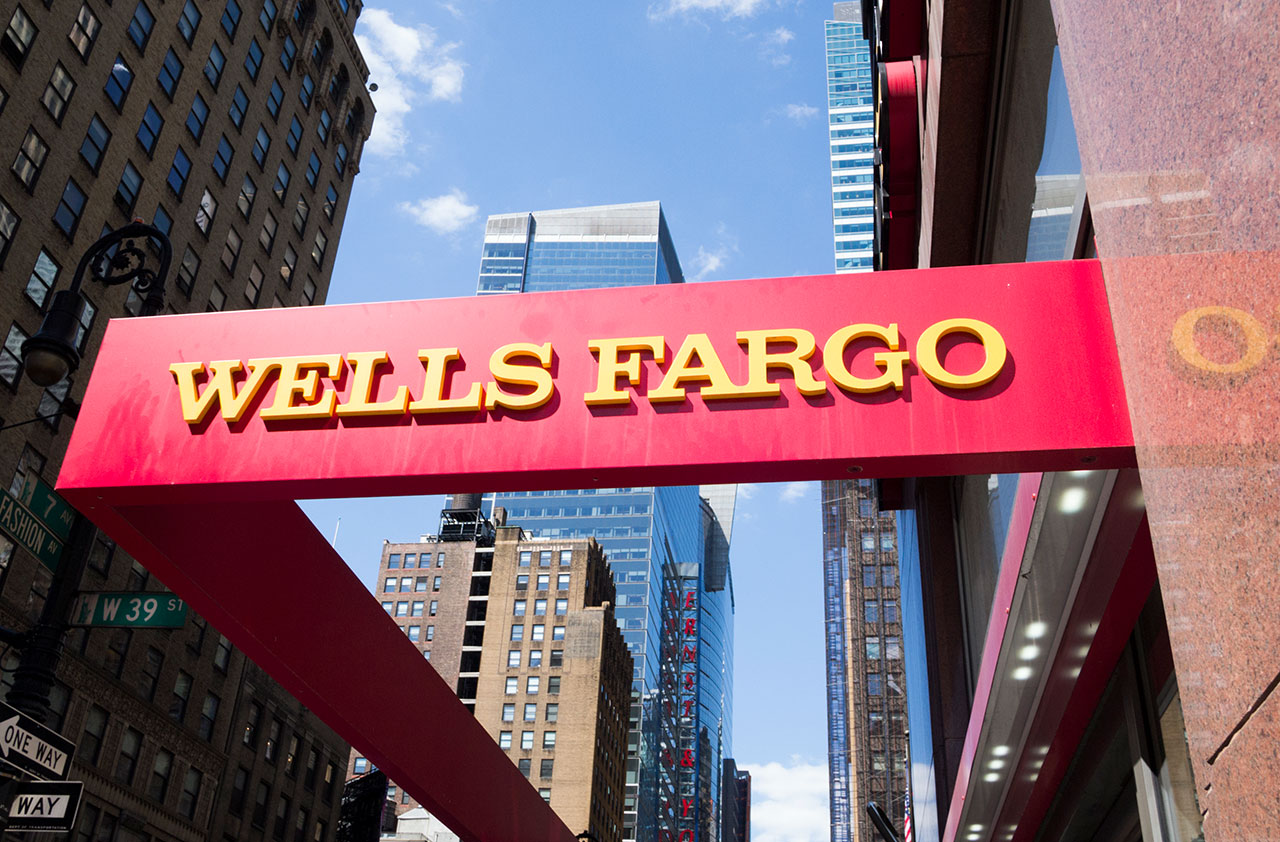Snag a $900 Bonus for Opening a Checking Account
Want to get a bonus for opening a checking account? Just make sure you read the fine print.


You might as well get a bonus for opening a checking account these days. To lure customers, many banks and credit unions dangle cash bonuses for those who open an account and meet certain requirements. Just be sure you understand the terms of the bonus and any hidden fees or other downsides of the new account.
Get a bonus for opening a checking account
Before you begin, know your motives. Changing your checking account can be arduous, especially if you have set up many automatic payments and deposits that would need to be transferred to a new bank. That’s why banks offer rewards to new customers; they want to make it worthwhile to switch.
You may want to take advantage of an alluring bonus, but not commit to transferring your whole financial life to a different bank. If you have $10,000 or $15,000 in cash that you are considering investing, then opening up a checking account with other services, such as a savings account with a large deposit, may yield a far bigger bonus.
From just $107.88 $24.99 for Kiplinger Personal Finance
Become a smarter, better informed investor. Subscribe from just $107.88 $24.99, plus get up to 4 Special Issues

Sign up for Kiplinger’s Free Newsletters
Profit and prosper with the best of expert advice on investing, taxes, retirement, personal finance and more - straight to your e-mail.
Profit and prosper with the best of expert advice - straight to your e-mail.
If you are shopping around for the best bank for you, don’t let the bonus tempt you to sign up for an account that won’t meet your needs.
Check your credit cards. Some rewards credit cards send special offers to their customers promoting banking or investing products. These offers may include bonuses or special rates.
Weigh the costs and benefits. For most bonuses, you must contact your employer or another steady income source (like Social Security) and arrange an automatic deposit into the new account. You will need to monitor the account and maintain a certain balance, typically for a period of two to six months. Only you know the value of your time, so be sure the extra effort involved in getting a bonus is worth it for you.
These bonuses are treated as taxable interest, which will lower the net amount of your bonuses depending on your tax status.
And consider that opening a high-yield savings account, a CD or a Treasury Bill (which has some tax advantages) might be an easier way to generate some cash.
Know thyself. If you are not highly organized and able to maintain the minimum balance required for the bonus, pass it by.
Hot tip: Some smaller banks and credit unions offer a service called ClickSWITCH. The service moves your automatic payments and deposits to your new bank automatically. Be sure to ask your new bank if they have this program.
Here are two stand-out bonuses.
Capital One — earn $350
The good: The threshold for direct deposits is only $250 per deposit. That’s far better than Axos Bank’s bonus, for example, which requires you to receive $7,000 in monthly direct deposits in your account!
The bad: The interest rate is 0.1% on accounts with less than $50,000.
How to get $350: Open a 360 Checking account with code BONUS350 by October 18, 2023. Then set up and receive at least 2 direct deposits, each of $250 or more, within 75 days of account opening. Be sure to read the fine print.
Chase Bank — earn between $200 and $900
The good: Some Chase credit card customers can combine these bonus offers for a total bonus of $900 in just over three months, with a deposit of $15,000. By contrast, an offer from Citibank pays $1,000 to new customers who deposit a whopping $75,000, so Chase delivers a better bang for your buck.
The bad: The interest rate on the Chase Savings account is only 0.01%, so you’ll want to move your money again after you receive the bonus.
How to get $200 - $300: new customers may open a new Chase Total Checking® account by October 18, 2023, to earn a $200 bonus (current Chase credit card customers may qualify for a $300 bonus.) Simply arrange for your direct deposit (an electronic paycheck, pension or government benefit) to be in the account within 90 days of enrollment. Chase will deposit your bonus in the account within 15 days. You will need to keep the account open at least until the bonus comes through. Chase Total Checking accounts charge a monthly $12 fee unless you do one of the following: 1. Post a total of $500 per month in direct deposits or other payments into the account. 2. Keep a balance of at least $1,500 in the account at the beginning of each day. 3. Maintain an average daily balance of $5,000 or more across all of your qualifying Chase deposit accounts.
Get an additional $200: new customers may open a new Chase Savings℠ account by October 18, 2023. Go to the checking account offer webpage and follow the prompts to open a savings account as well. Once approved, deposit a total of $15,000 or more into the new savings account within 30 days of enrolling. Maintain at least a $15,000 balance for 90 days from account opening, and Chase will deposit the bonus in your account within 15 days.
$900: by invitation (typically to Chase credit card customers). If you have a Chase credit card, check your email or online account for a bonus offer code or other instructions. Apply by October 18, 2023, for new Chase Total Checking® and Chase Savings ℠ accounts, following the instructions above. To get the additional $400 bonus, open both checking and savings accounts with your invitation code. Eligibility may be limited based on account ownership.
Bottom line
Choose an account that makes sense for the long run — if you end up paying a monthly fee, that could cancel out any bonus. Over time, you may earn more by choosing an account with a high interest rate, especially if you hold a big balance.
Related Content
Profit and prosper with the best of Kiplinger's advice on investing, taxes, retirement, personal finance and much more. Delivered daily. Enter your email in the box and click Sign Me Up.

Ellen writes and edits retirement stories. She joined Kiplinger in 2021 as an investment and personal finance writer, focusing on retirement, credit cards and related topics. She worked in the mutual fund industry for 15 years as a manager and sustainability analyst at Calvert Investments. She earned a master’s from U.C. Berkeley in international relations and Latin America and a B.A. from Haverford College.
-
 Gold and Silver Shine as Stocks Chop: Stock Market Today
Gold and Silver Shine as Stocks Chop: Stock Market TodayStocks struggled in Friday's low-volume session, but the losses weren't enough to put the Santa Claus Rally at risk.
-
 Don't Wait Until January: Your Year-End Health Checklist to Kickstart 2026
Don't Wait Until January: Your Year-End Health Checklist to Kickstart 2026Skip the fleeting resolutions and start the new year with a proactive plan to optimize your longevity, cognitive health, and social vitality.
-
 Premium Rewards Cards: More Perks, Higher Fees
Premium Rewards Cards: More Perks, Higher FeesSome issuers are hiking the annual fee on their flagship luxury credit cards by hundreds of dollars. Are they still worth using?
-
 9 Types of Insurance You Probably Don't Need
9 Types of Insurance You Probably Don't NeedFinancial Planning If you're paying for these types of insurance, you may be wasting your money. Here's what you need to know.
-
 Want to Change Banks? Try This 'Soft' Strategy
Want to Change Banks? Try This 'Soft' StrategyThe "soft switching" banking trend allows you to explore a new bank account while keeping your primary one. See how it could benefit you.
-
 Amazon Resale: Where Amazon Prime Returns Become Your Online Bargains
Amazon Resale: Where Amazon Prime Returns Become Your Online BargainsFeature Amazon Resale products may have some imperfections, but that often leads to wildly discounted prices.
-
 Check Your Mailbox: Wells Fargo Settlement Payments Have Begun
Check Your Mailbox: Wells Fargo Settlement Payments Have BegunWells Fargo settlement customers whose mortgages were placed in forbearance without their permission should keep an eye on the mail, as checks are going out.
-
 Is Your Local Bank Closing? Why Branches Are Disappearing Nationwide
Is Your Local Bank Closing? Why Branches Are Disappearing NationwideMajor banks are closing branches across the U.S. Discover what's behind the trend and how it could affect your access to in-person banking.
-
 What the House's Vote to Repeal CFPB Bank Overdraft Fees Cap Means For You
What the House's Vote to Repeal CFPB Bank Overdraft Fees Cap Means For YouThe Senate and House voted to overturn the Consumer Financial Protection Bureau's cap on bank overdraft fees. Here's what you need to know.
-
 What Does Medicare Not Cover? Eight Things You Should Know
What Does Medicare Not Cover? Eight Things You Should KnowMedicare Part A and Part B leave gaps in your healthcare coverage. But Medicare Advantage has problems, too.
-
 Could Joint Banking Be The Key To A Happy Marriage?
Could Joint Banking Be The Key To A Happy Marriage?Joint banking could lead to fewer arguments and increased relationship satisfaction.